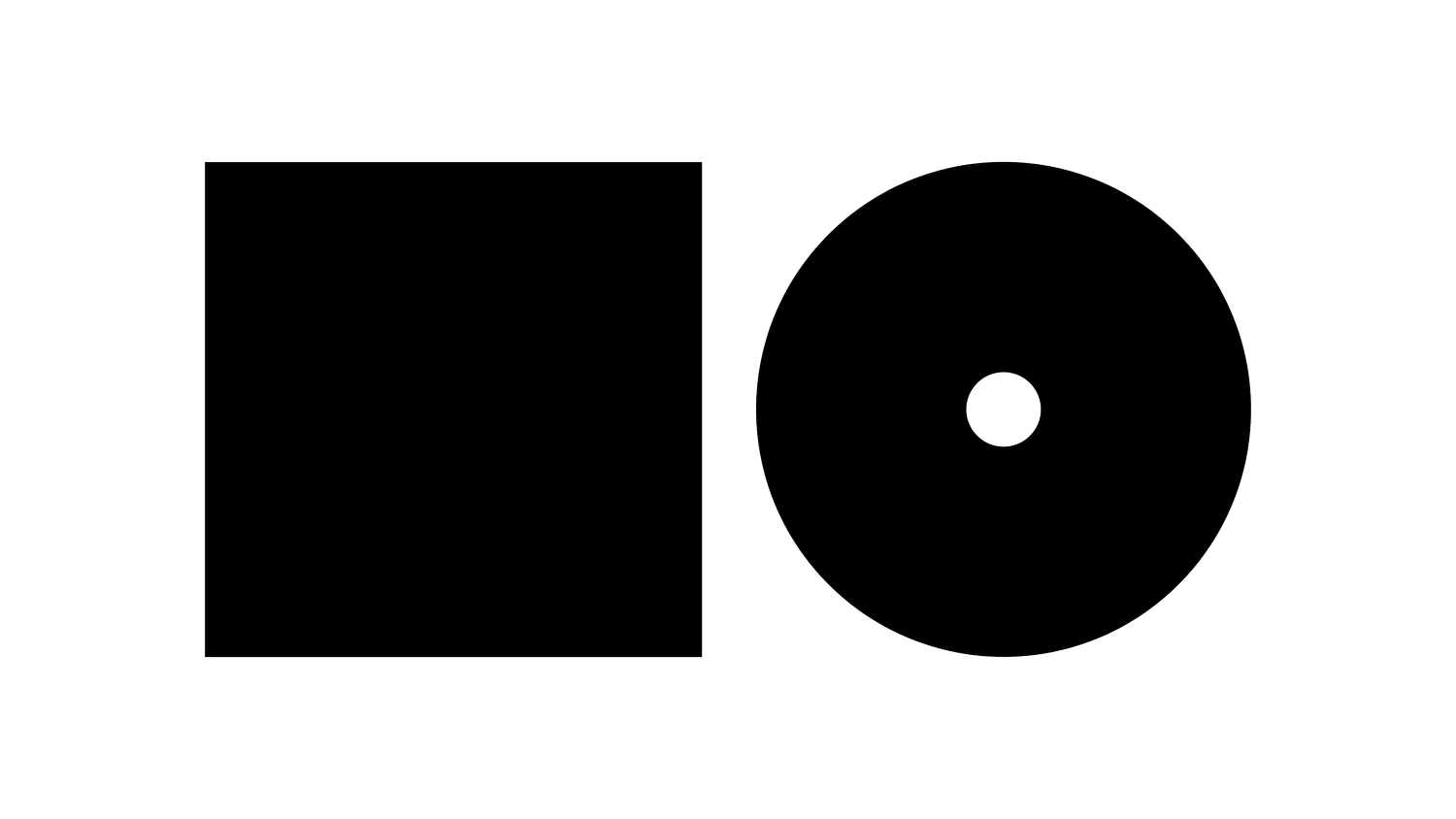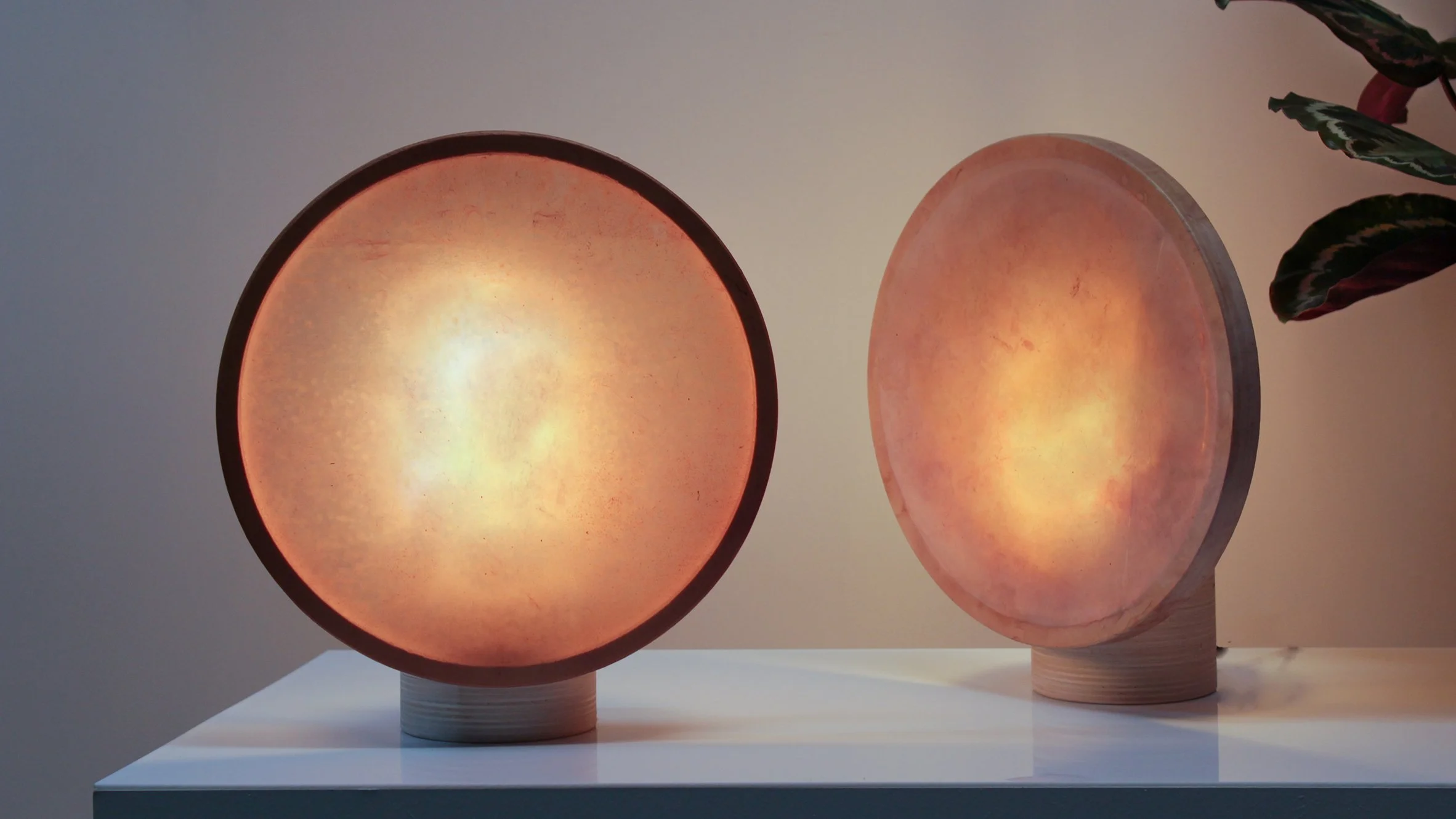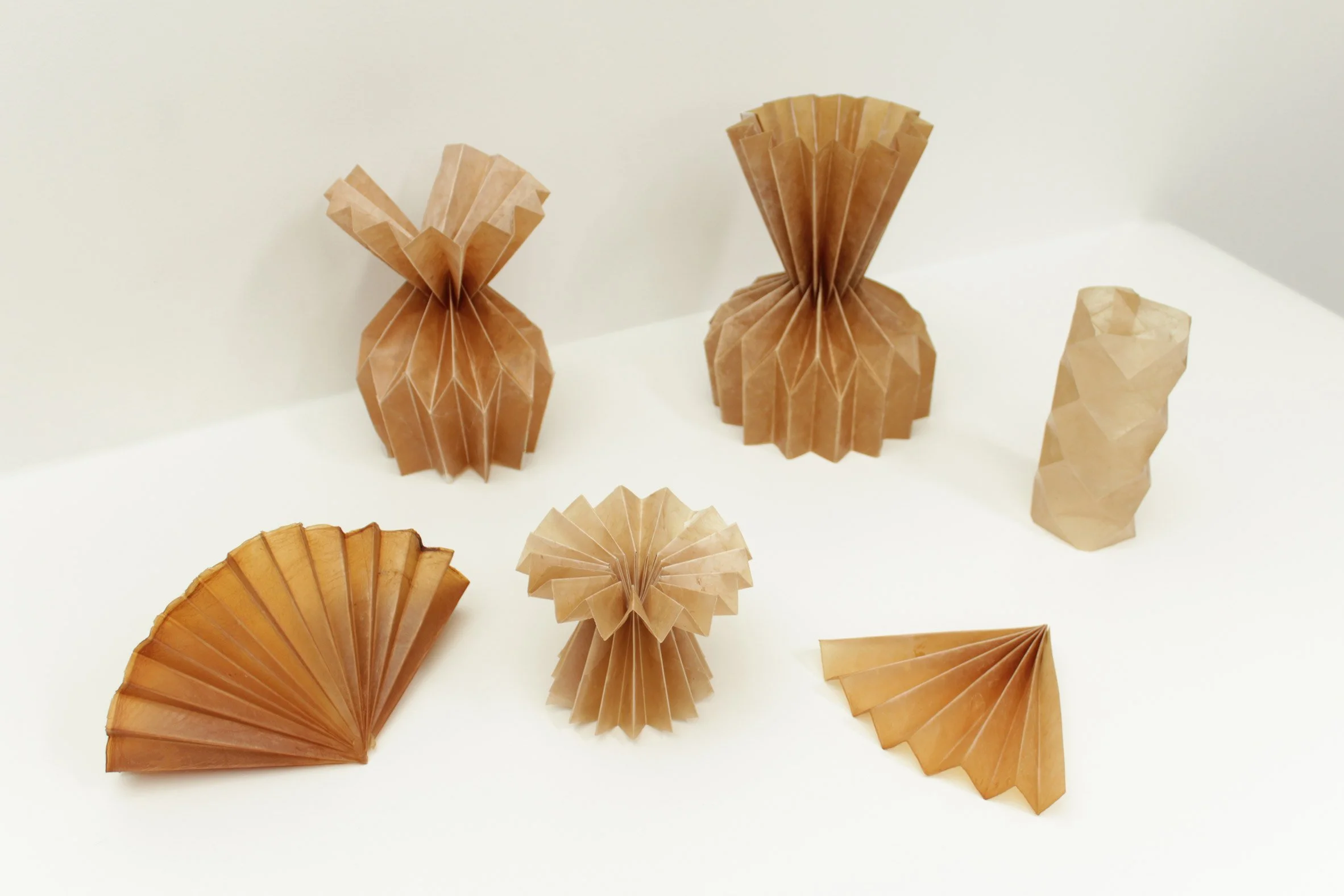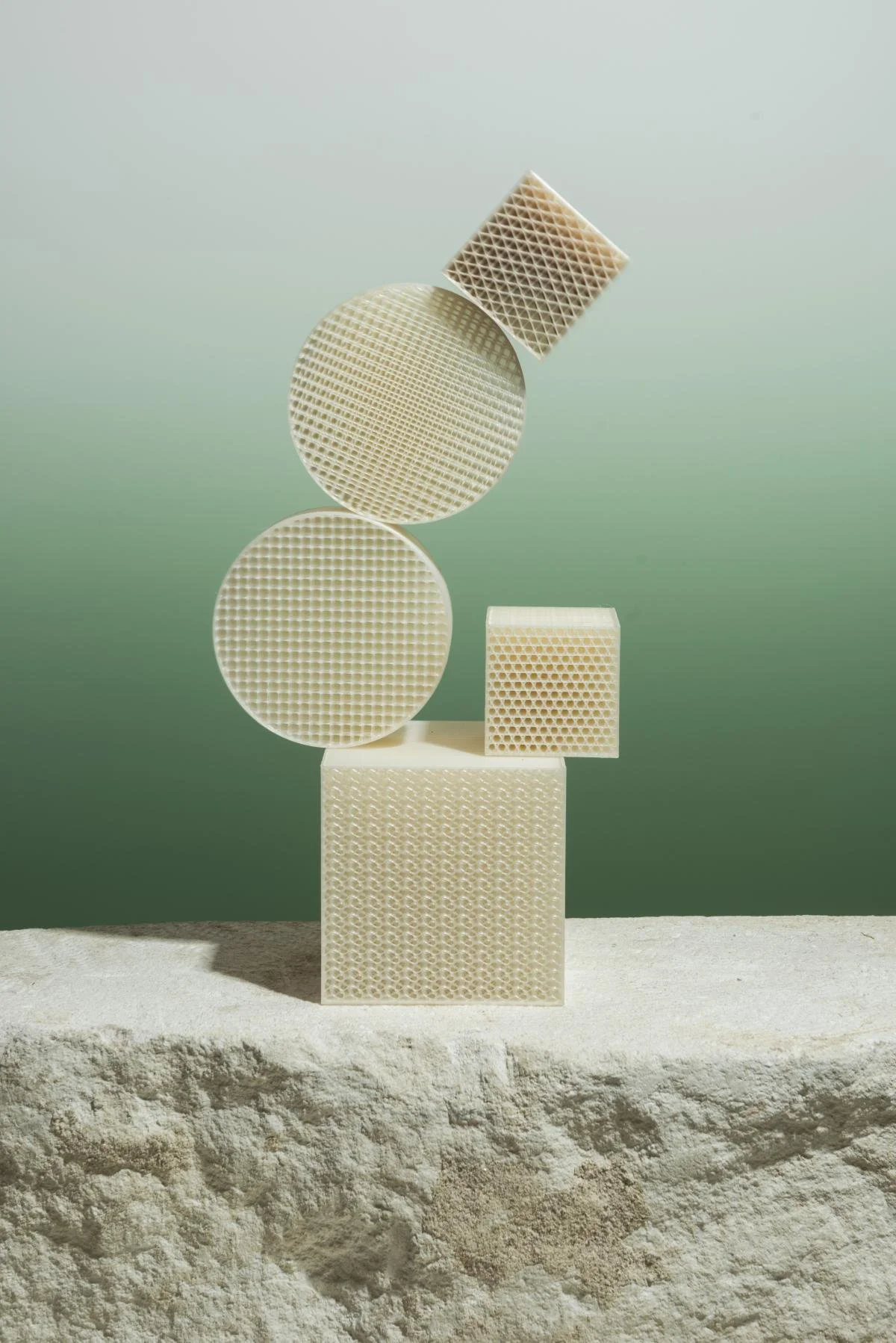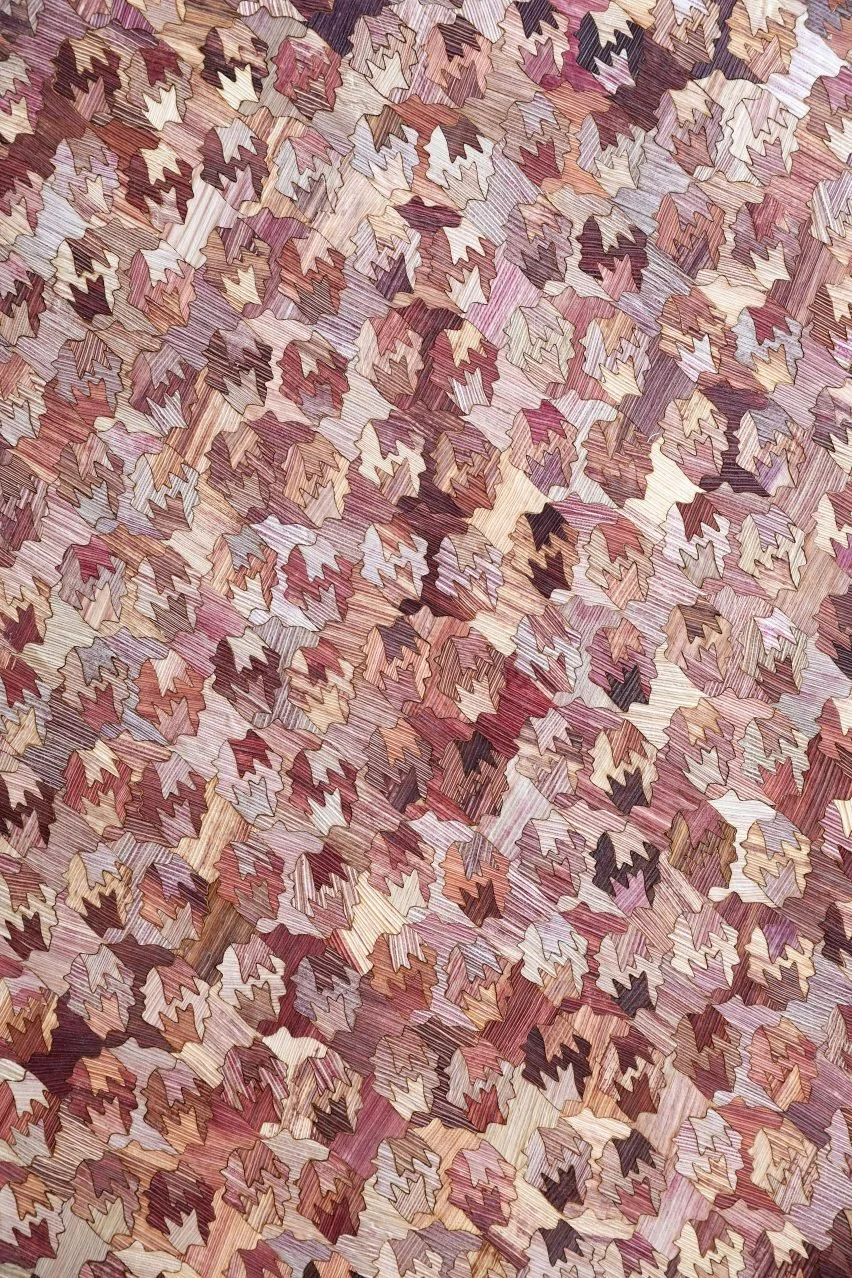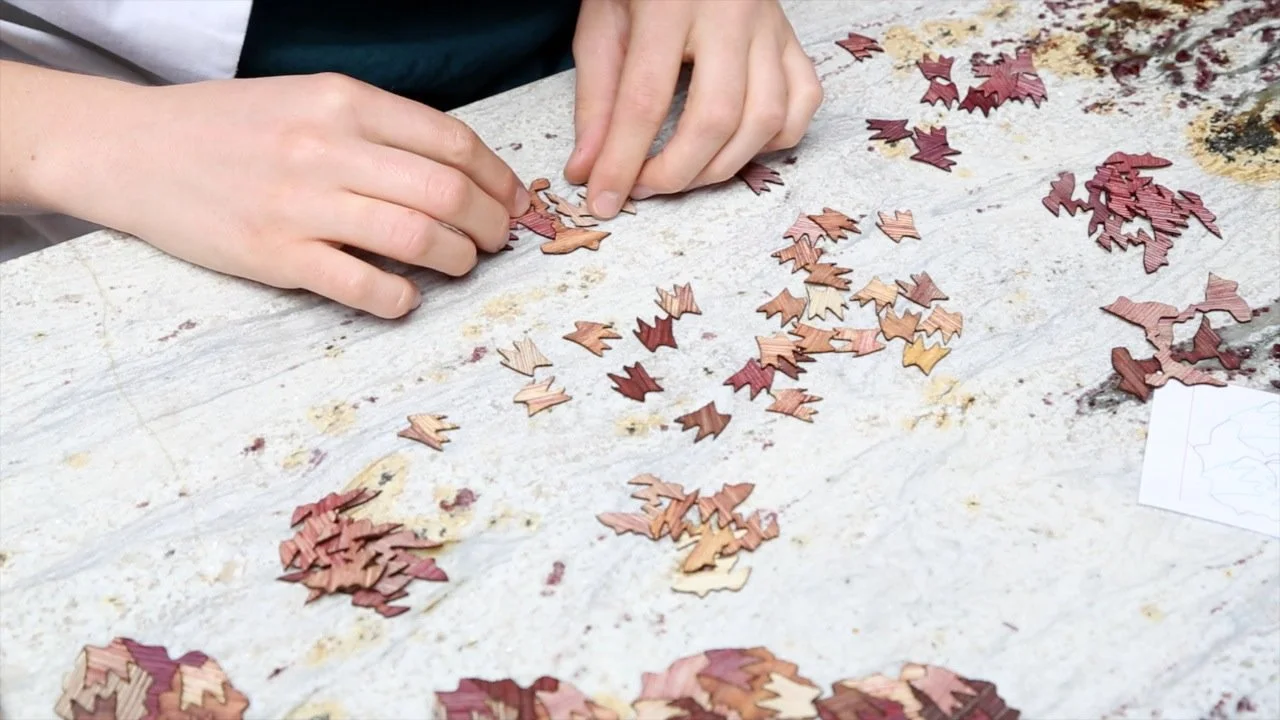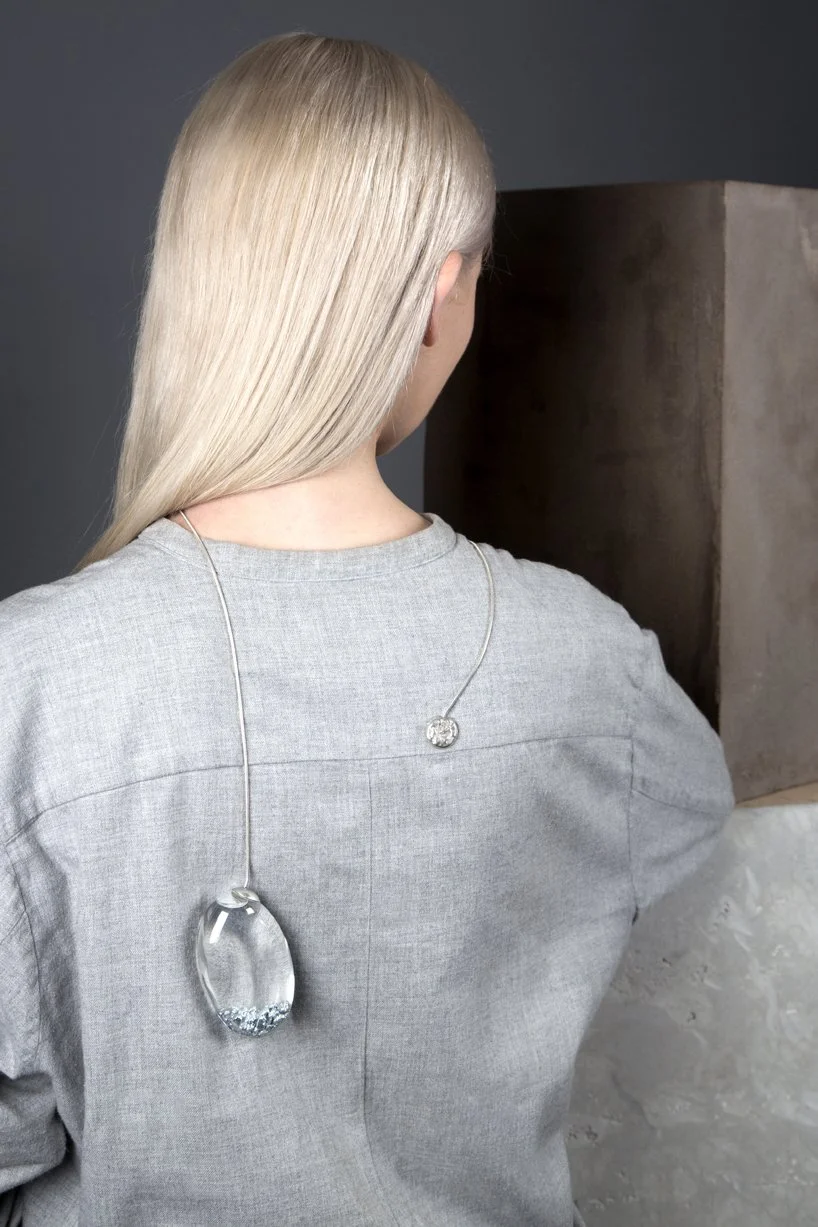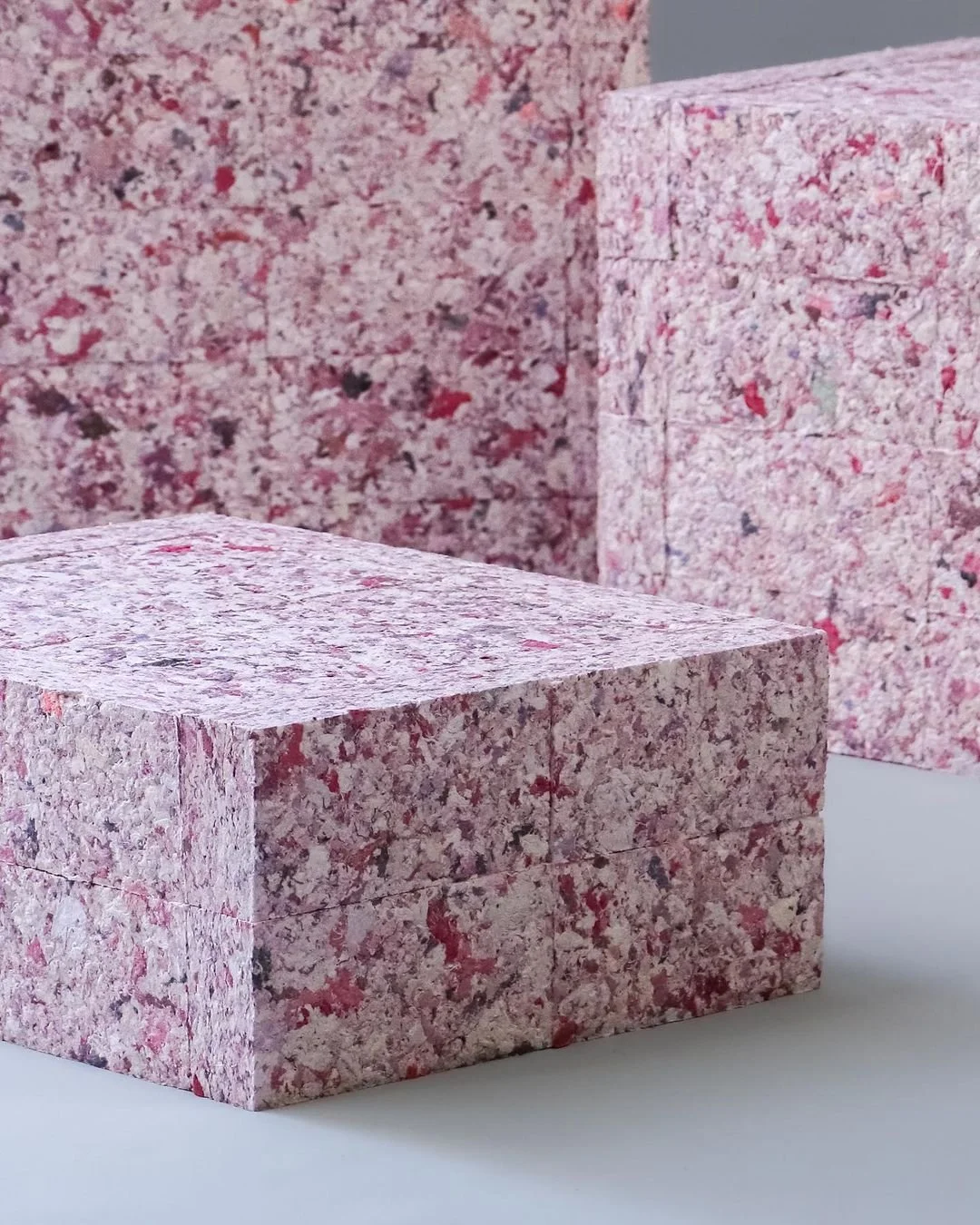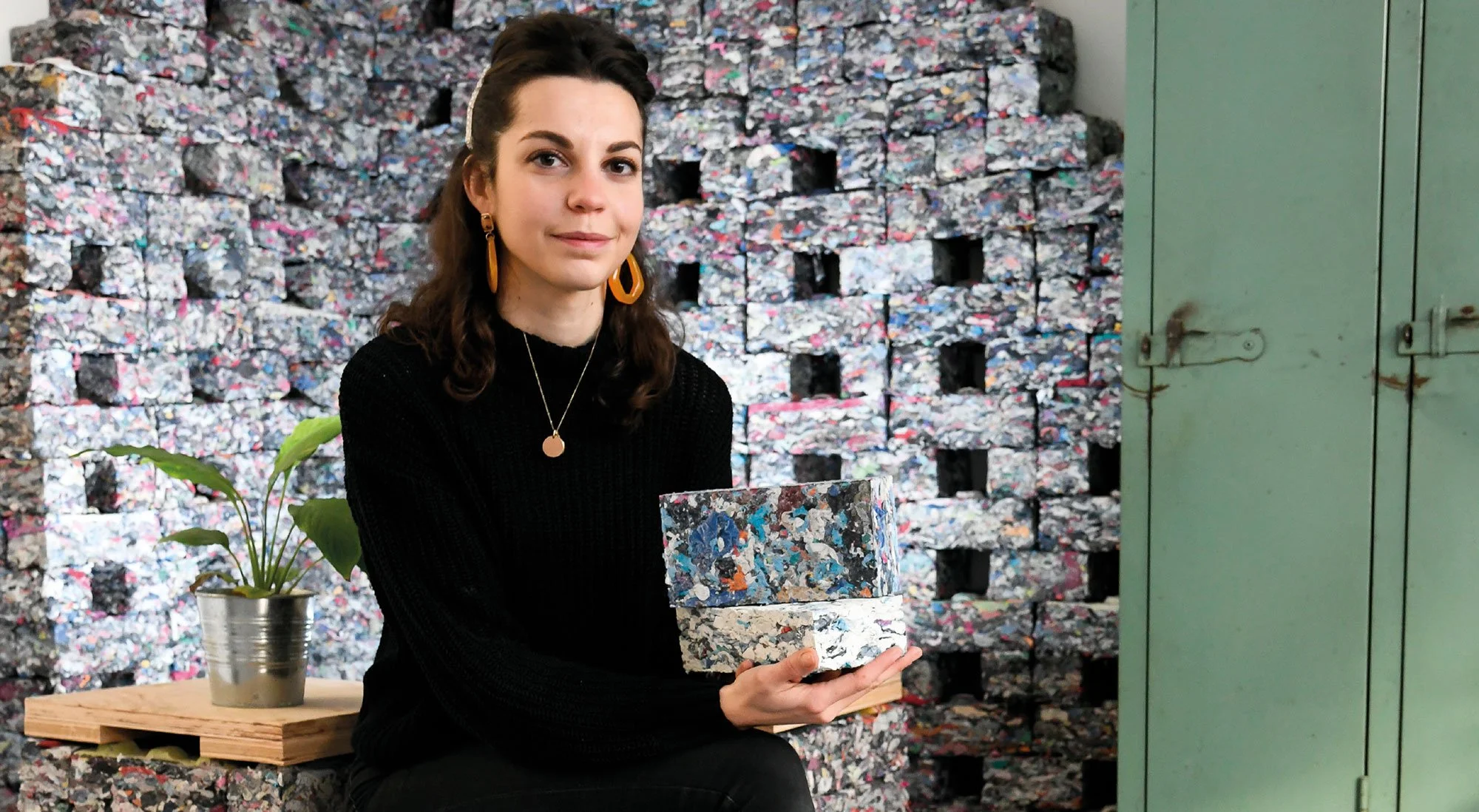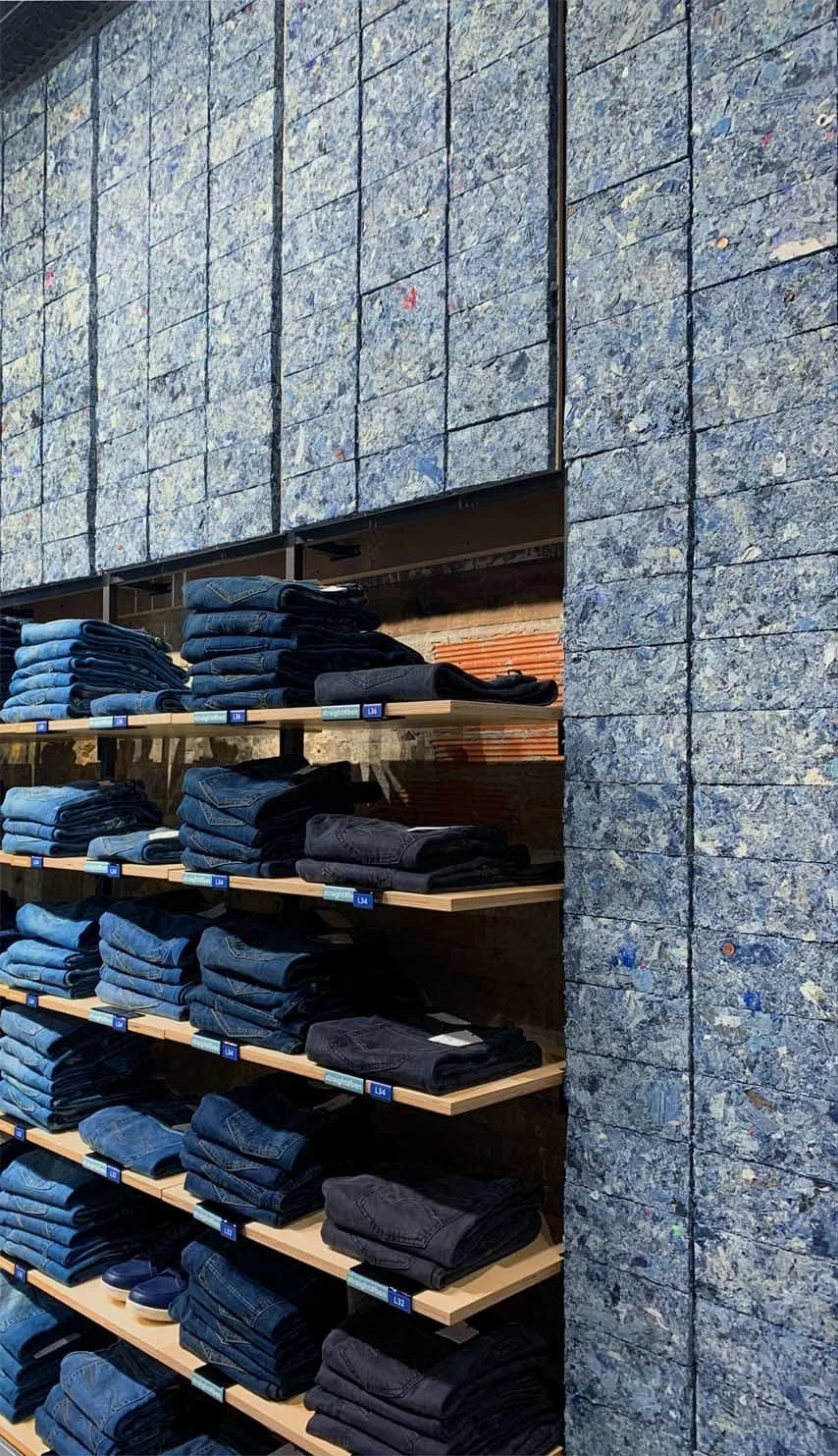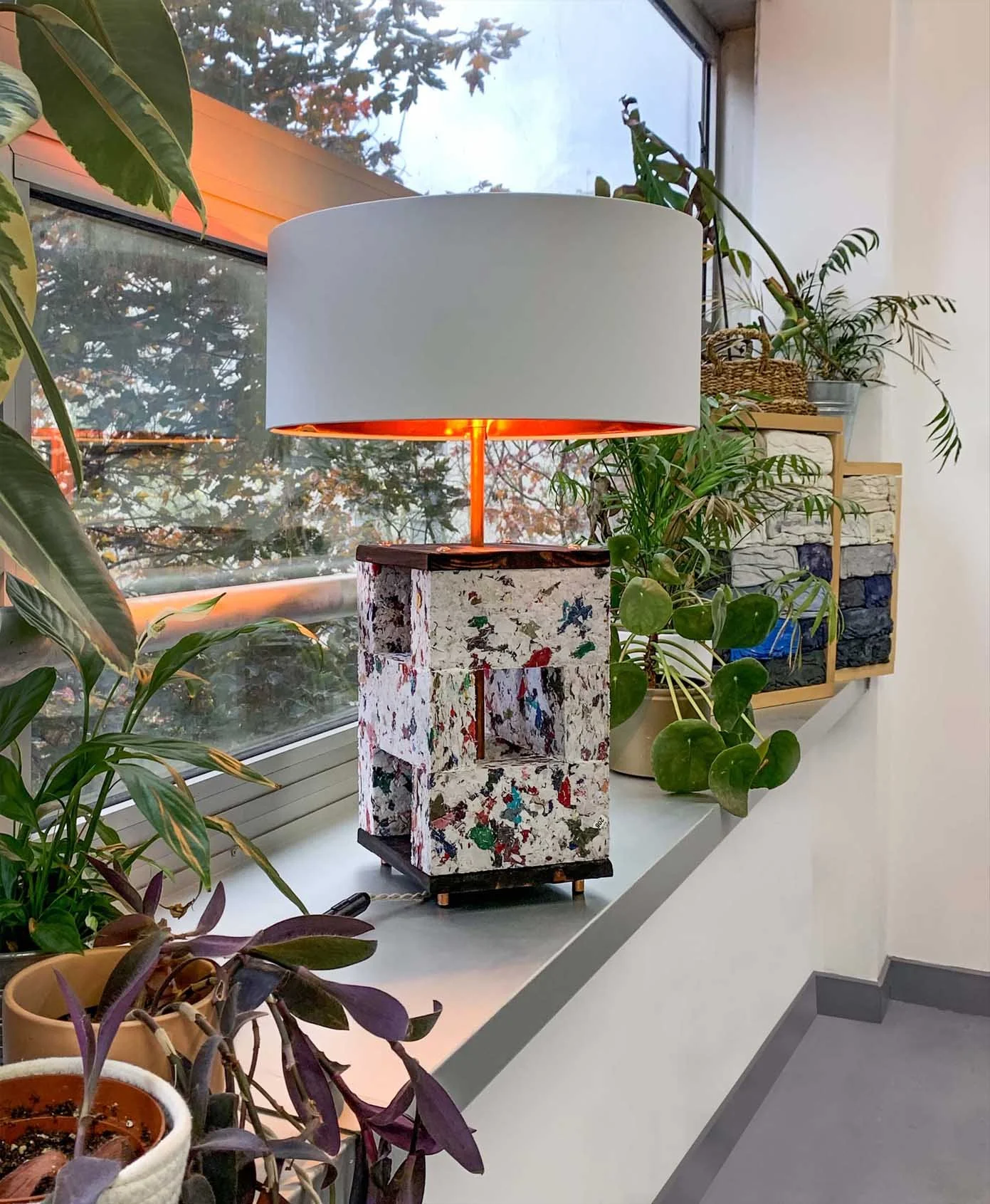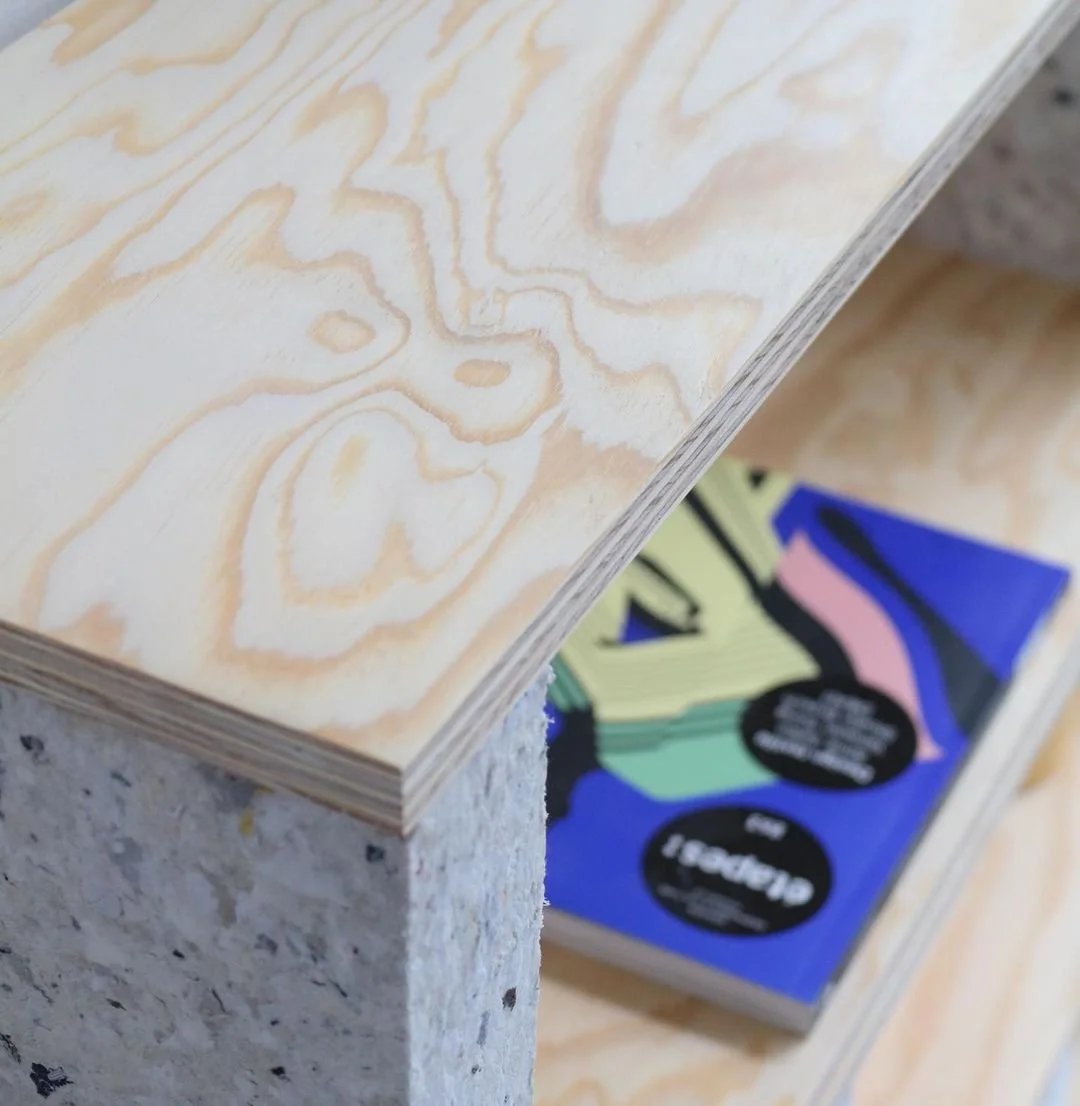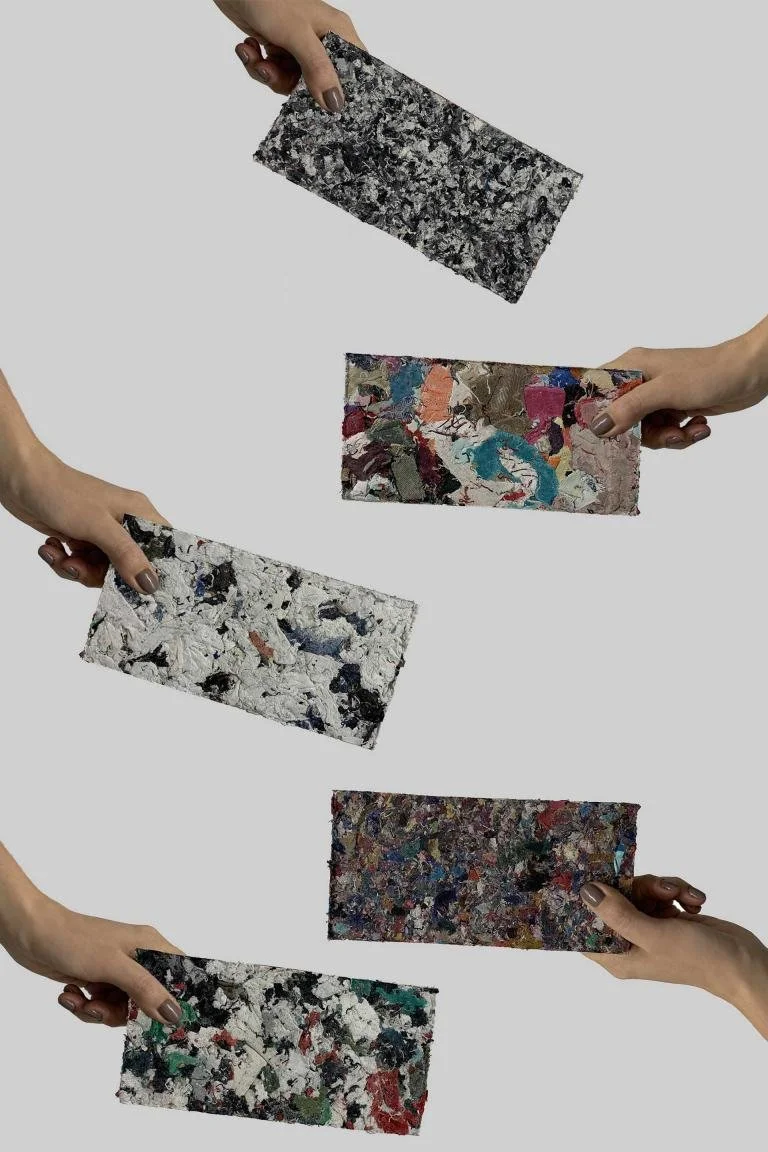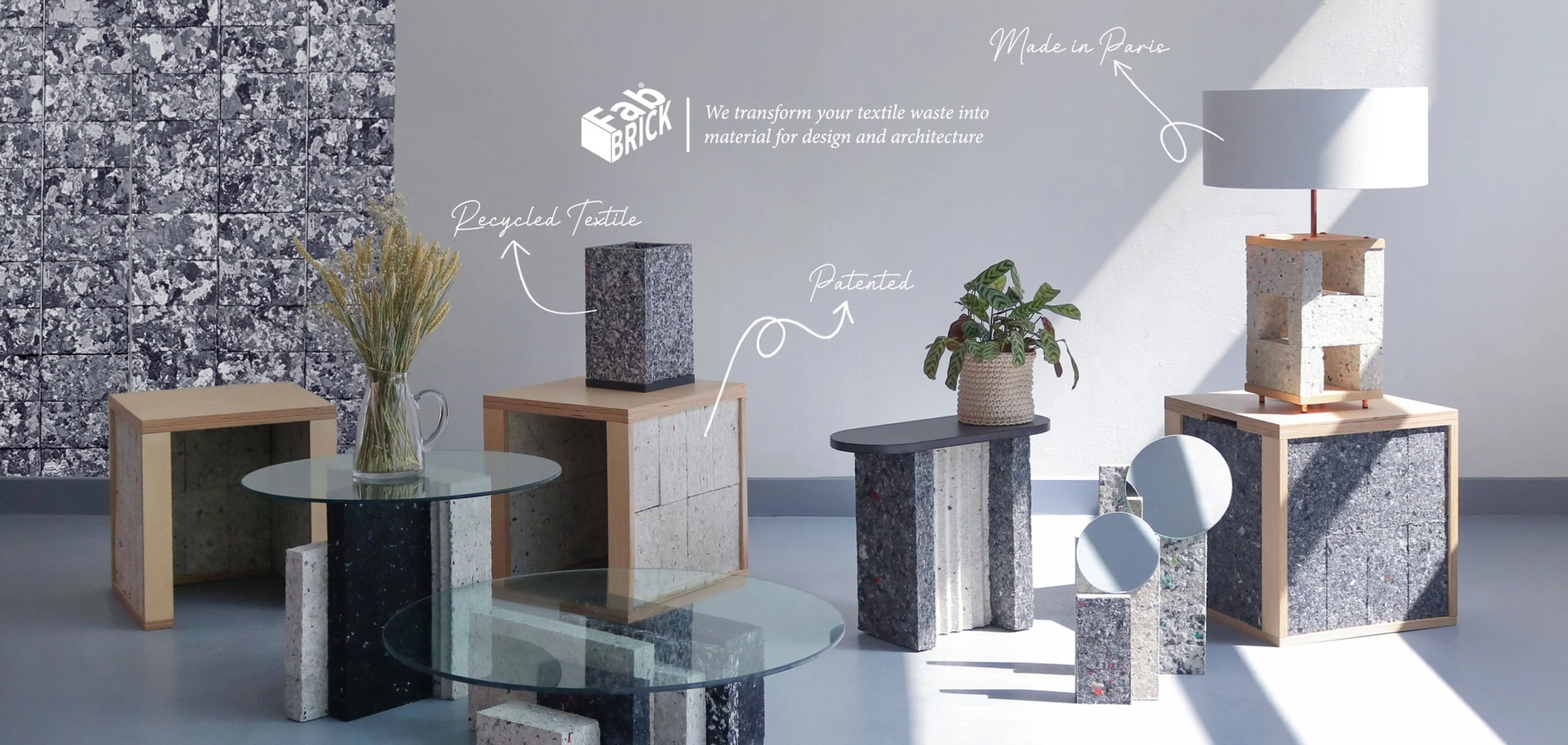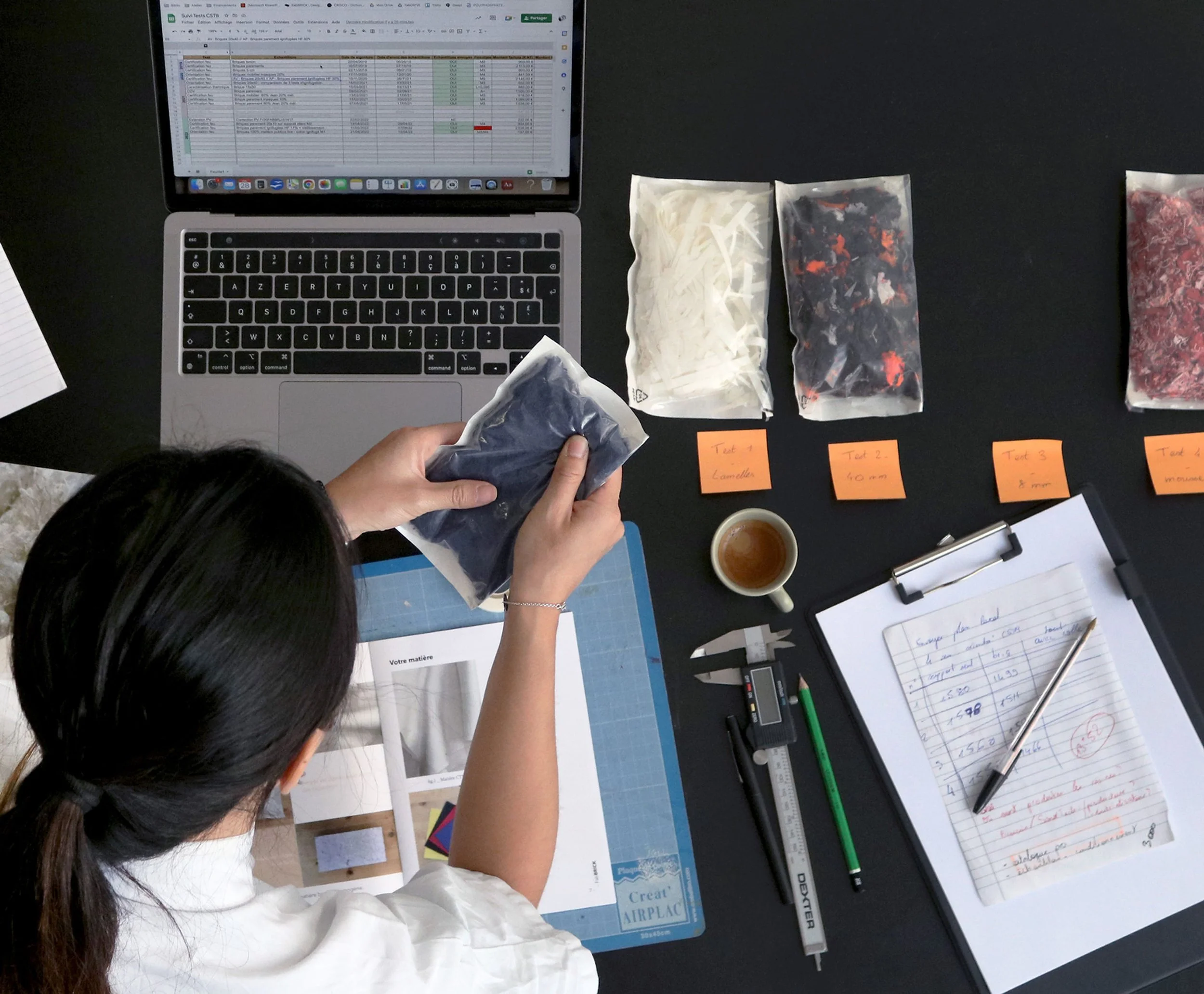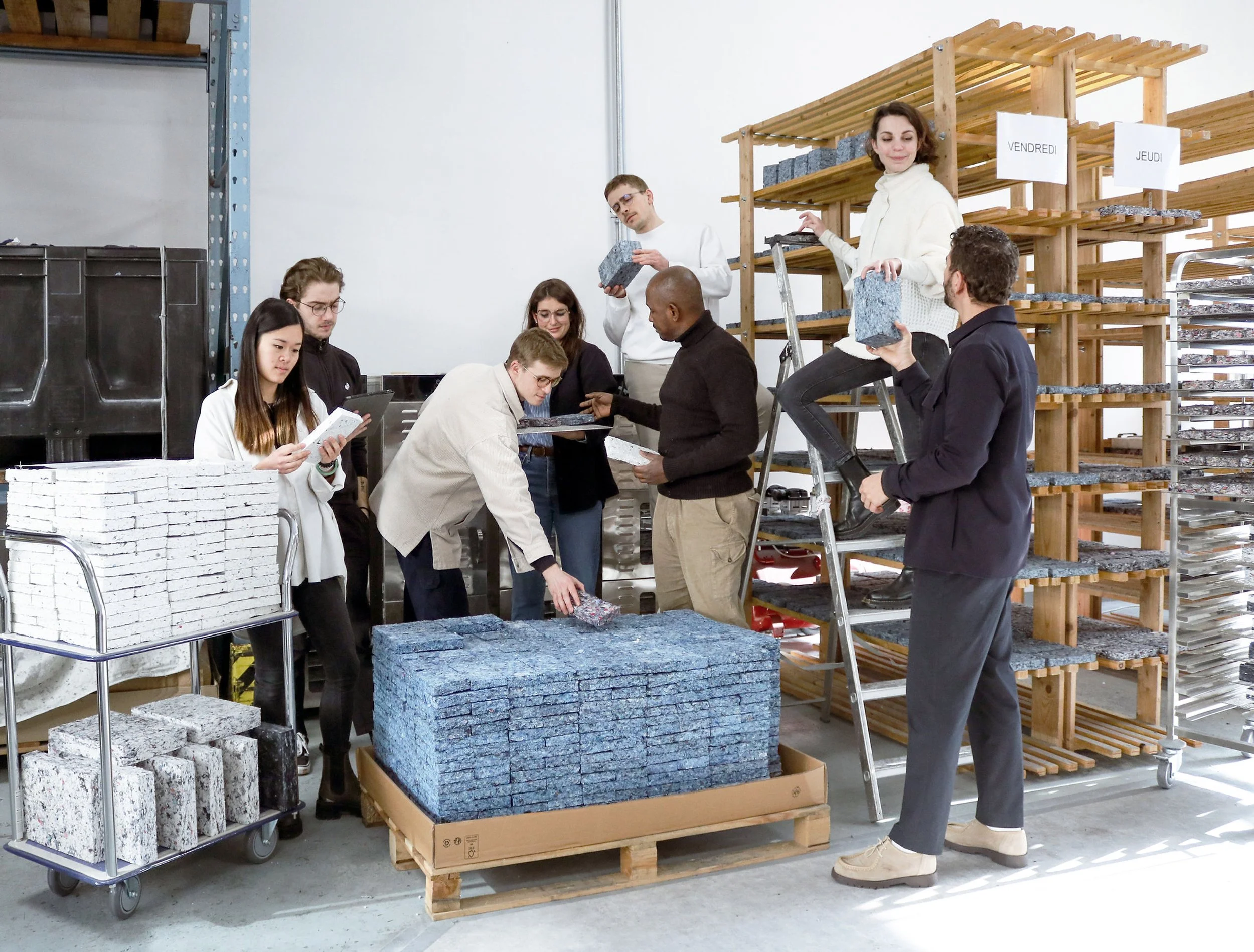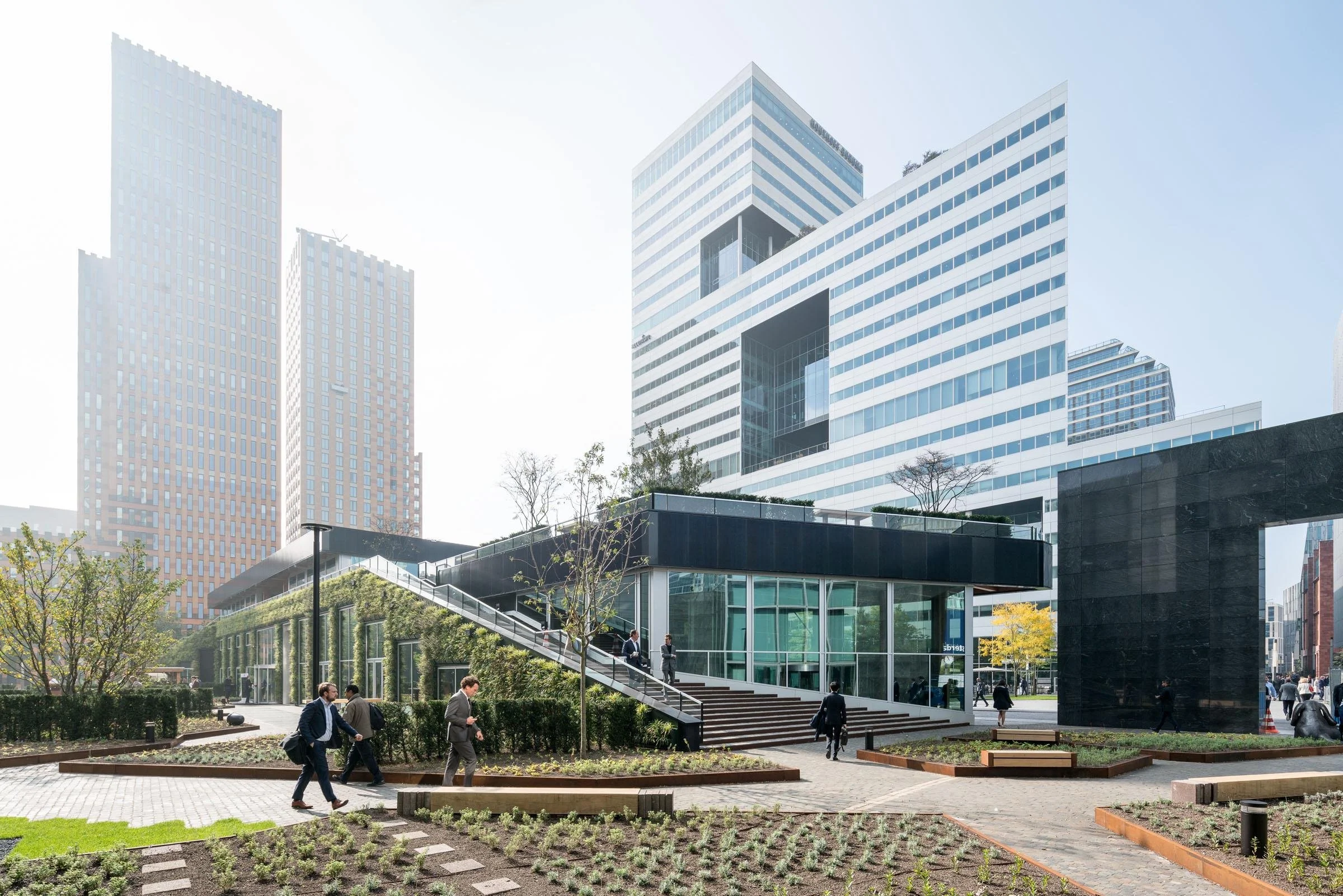 Image 1 of 10
Image 1 of 10

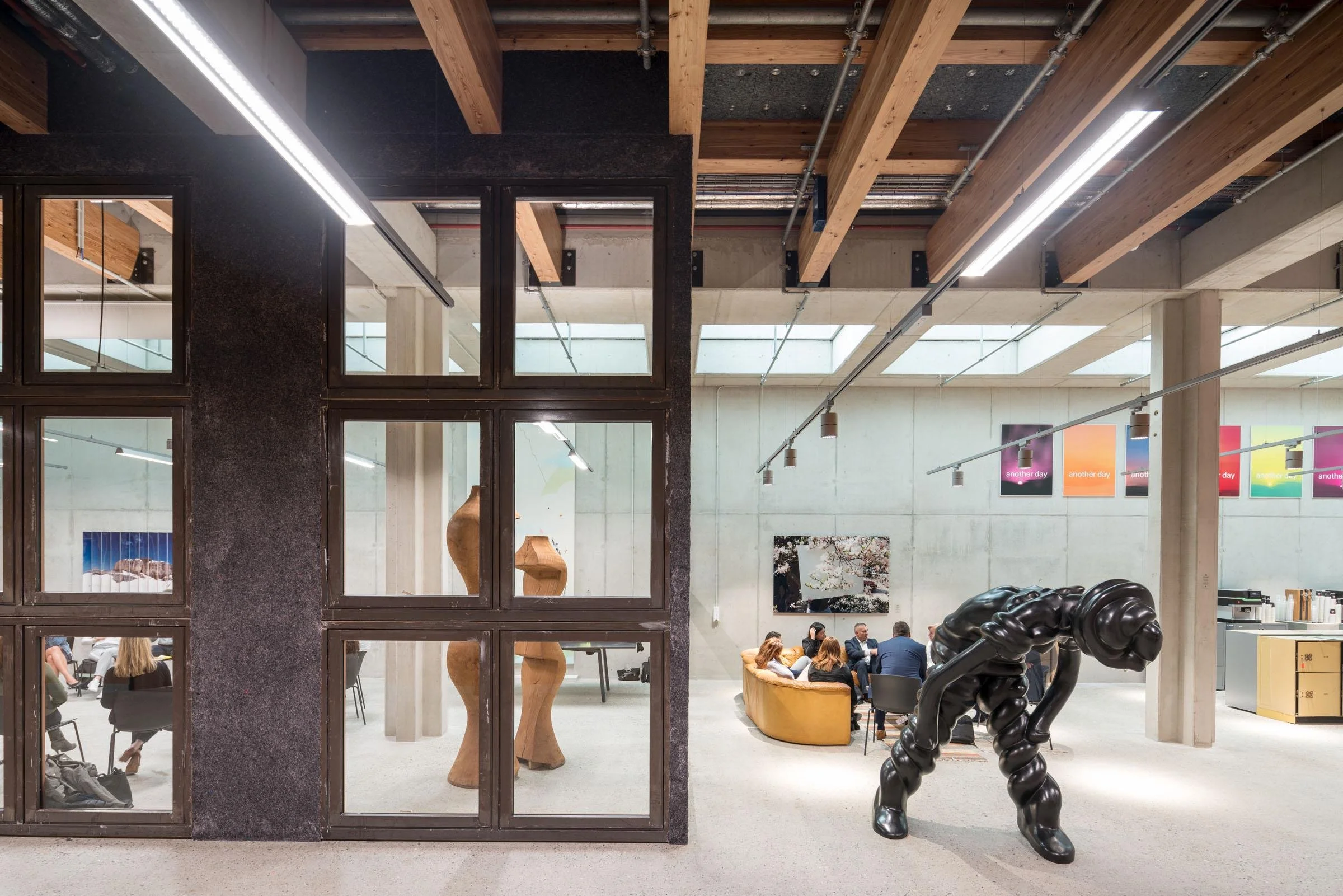 Image 2 of 10
Image 2 of 10

 Image 3 of 10
Image 3 of 10

 Image 4 of 10
Image 4 of 10

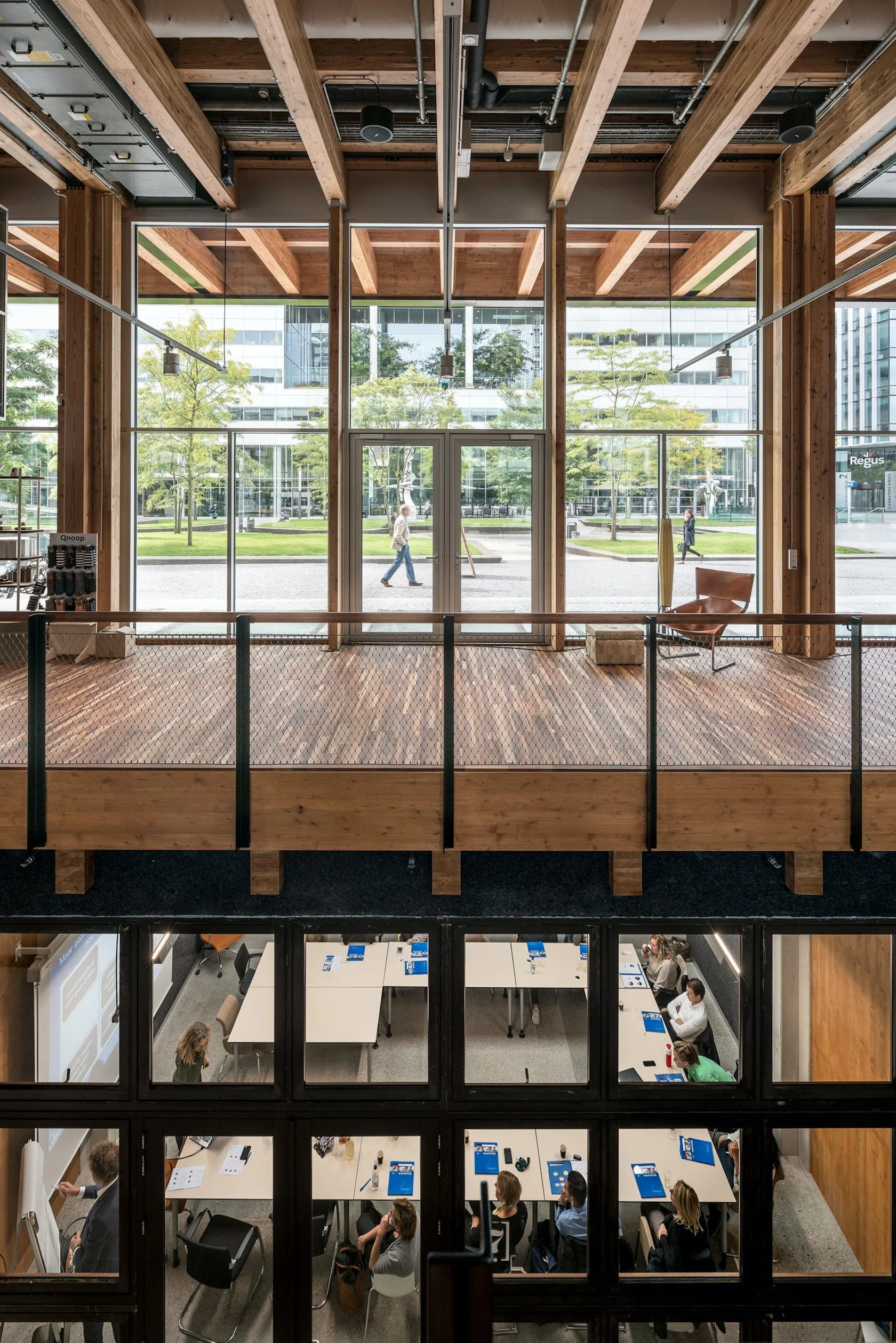 Image 5 of 10
Image 5 of 10

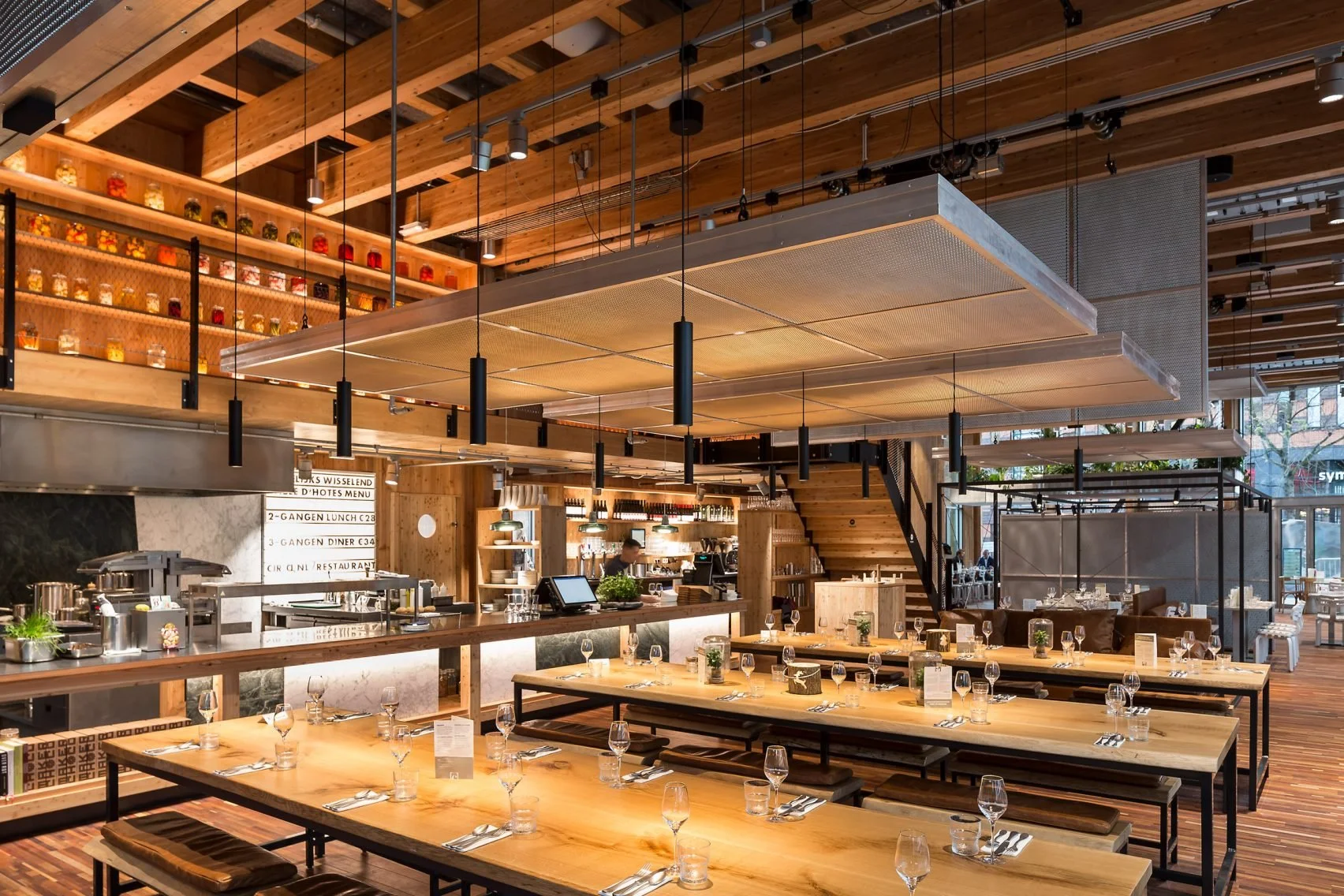 Image 6 of 10
Image 6 of 10

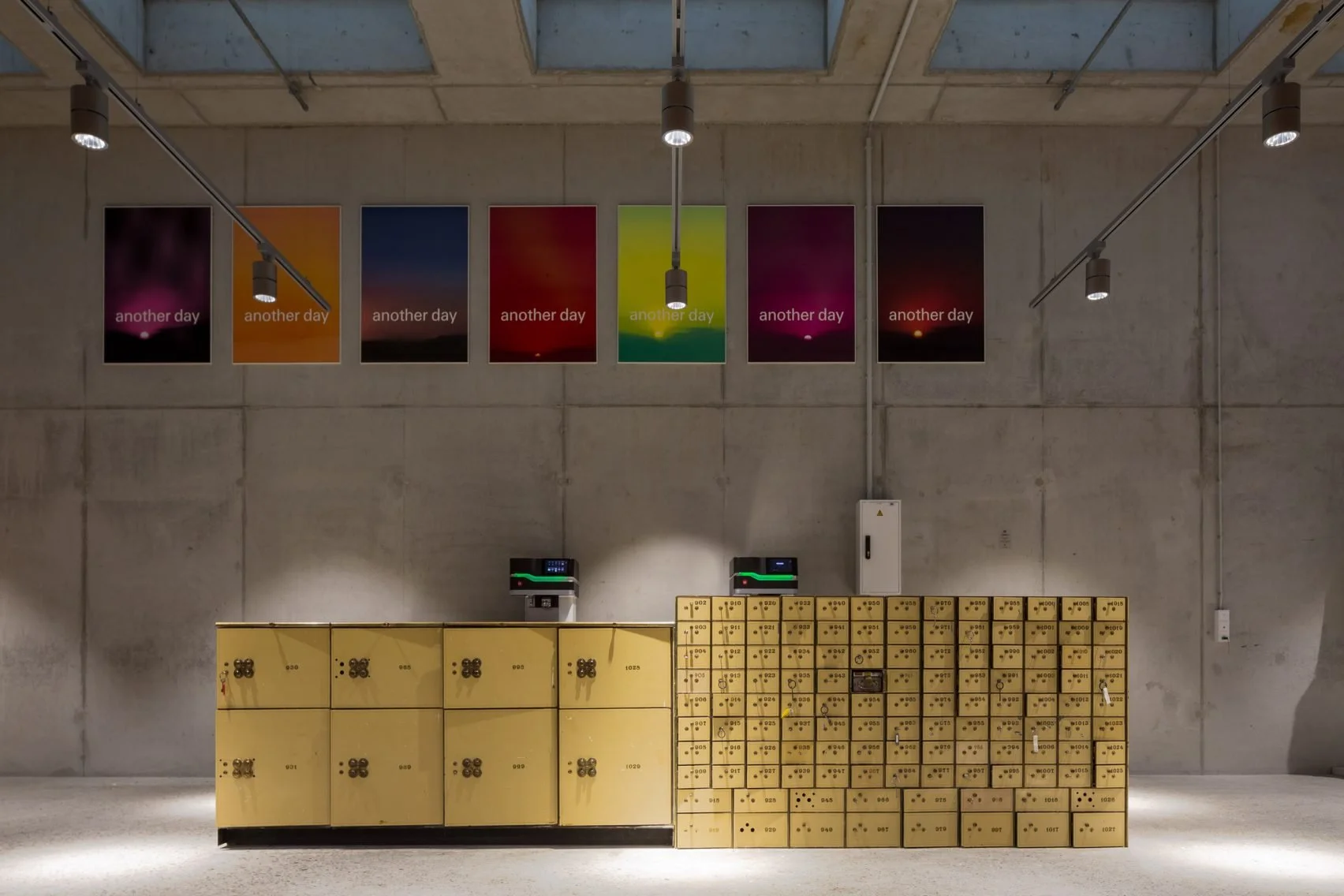 Image 7 of 10
Image 7 of 10

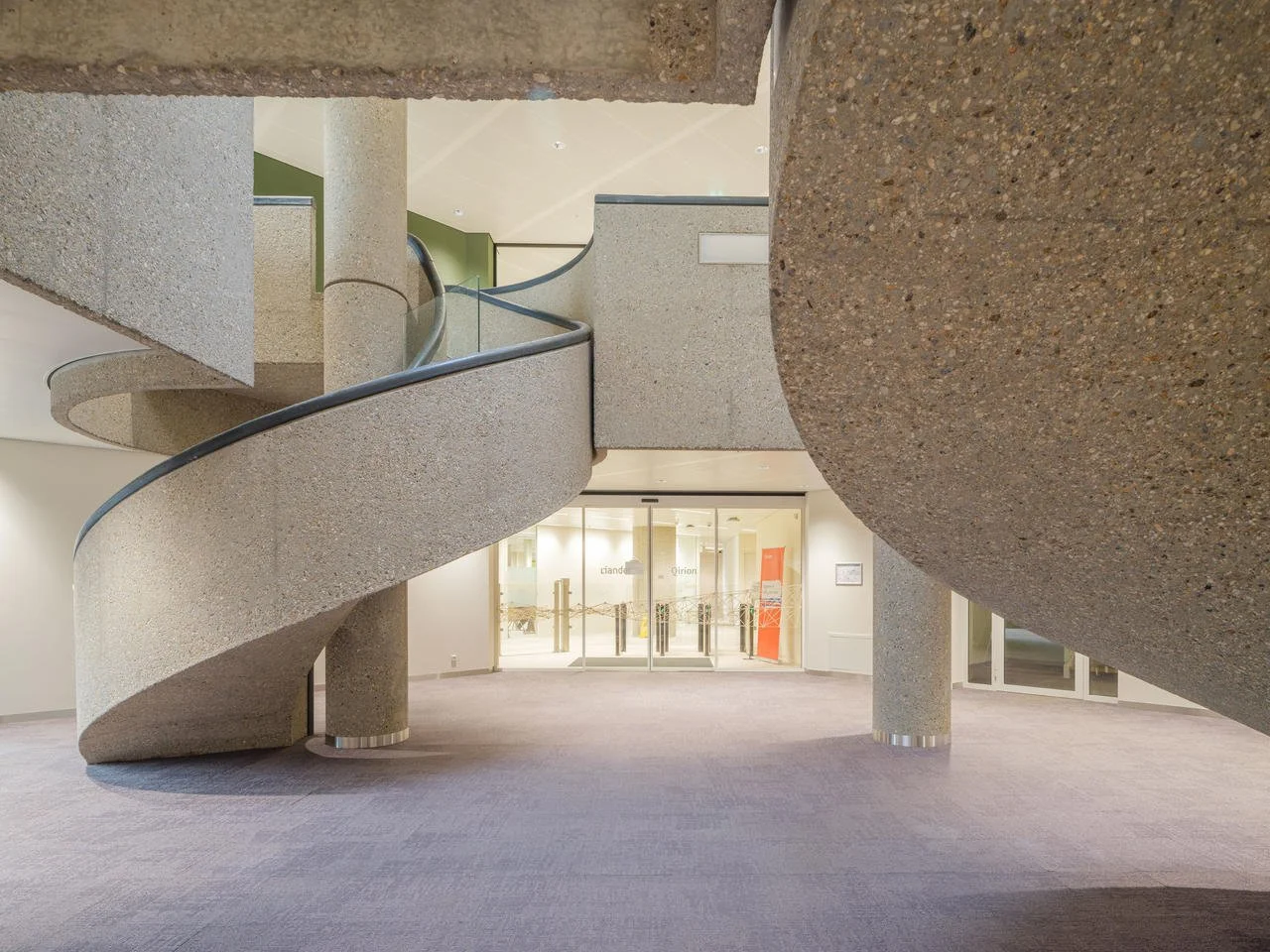 Image 8 of 10
Image 8 of 10

 Image 9 of 10
Image 9 of 10

 Image 10 of 10
Image 10 of 10











de Architekten Cie learns circularity process by doing
De Architekten Cie. is an architecture firm based in Amsterdam, Netherlands. The studio was established with the mission to create innovative and sustainable architectural solutions. De Architekten Cie.'s current approach focuses on integrating circular economy principles into their projects, aiming to design buildings that are both environmentally responsible and socially inclusive. Core values include sustainability, innovation, and social responsibility, with a purpose to redefine the relationship between architecture, materials, and the environment.
Location
Headquarters: Amsterdam, Netherlands.
Primary manufacturing/operations locations: Various global locations for projects and collaborations.
The Circular Vision
Core circular economy principles: Designing out waste, using recycled and sustainable materials, and creating buildings that promote environmental awareness and sustainable practices.
Key innovations: Development of projects like the Circl pavilion for ABN AMRO, which employs circular economy principles by reusing materials and designing for disassembly.
Prioritization of local sourcing and closed-loop supply chains: Emphasis on using locally sourced materials and sustainable production methods to minimize environmental impact and support local economies.
Pioneering Solutions
Flagship projects: De Architekten Cie.'s portfolio includes innovative projects such as the Circl pavilion (a circular economy-based pavilion for ABN AMRO), which serves as a practical example of sustainable circular design in the Netherlands.
The Regenerative Future
R&D focus areas: Advancing sustainable architectural techniques, exploring new applications for recycled and bio-based materials, and developing solutions that further reduce waste and energy consumption in design and construction processes.
Ambitious goals: To lead the architecture industry in sustainable practices, create zero-waste buildings, and inspire a shift towards a regenerative approach to design and environmental stewardship.
Fact Sheet
Commercial Availability: Architectural design services available through collaborations, exhibitions, and partnerships with cultural institutions and businesses.
Circularity Rating: 5/5 (Strong focus on integrating circular economy principles in architectural design).
Material Passport: Detailed material exploration and innovation in many projects, often focusing on recycled and sustainable materials.
Designed for Disassembly: Yes, projects like the Circl pavilion are designed with consideration for future adaptability and material reuse.
Carbon Performance: Focus on reducing carbon footprint through the use of sustainable materials and design practices. Specific carbon metrics not provided.
Key Takeaway
De Architekten Cie. transforms the architecture industry through innovative, sustainable solutions that prioritize circular economy principles, setting a benchmark for environmental responsibility and material innovation in contemporary architecture.
Explore Further
De Architekten Cie. website: https://www.cie.nl
De Architekten Cie. is an architecture firm based in Amsterdam, Netherlands. The studio was established with the mission to create innovative and sustainable architectural solutions. De Architekten Cie.'s current approach focuses on integrating circular economy principles into their projects, aiming to design buildings that are both environmentally responsible and socially inclusive. Core values include sustainability, innovation, and social responsibility, with a purpose to redefine the relationship between architecture, materials, and the environment.
Location
Headquarters: Amsterdam, Netherlands.
Primary manufacturing/operations locations: Various global locations for projects and collaborations.
The Circular Vision
Core circular economy principles: Designing out waste, using recycled and sustainable materials, and creating buildings that promote environmental awareness and sustainable practices.
Key innovations: Development of projects like the Circl pavilion for ABN AMRO, which employs circular economy principles by reusing materials and designing for disassembly.
Prioritization of local sourcing and closed-loop supply chains: Emphasis on using locally sourced materials and sustainable production methods to minimize environmental impact and support local economies.
Pioneering Solutions
Flagship projects: De Architekten Cie.'s portfolio includes innovative projects such as the Circl pavilion (a circular economy-based pavilion for ABN AMRO), which serves as a practical example of sustainable circular design in the Netherlands.
The Regenerative Future
R&D focus areas: Advancing sustainable architectural techniques, exploring new applications for recycled and bio-based materials, and developing solutions that further reduce waste and energy consumption in design and construction processes.
Ambitious goals: To lead the architecture industry in sustainable practices, create zero-waste buildings, and inspire a shift towards a regenerative approach to design and environmental stewardship.
Fact Sheet
Commercial Availability: Architectural design services available through collaborations, exhibitions, and partnerships with cultural institutions and businesses.
Circularity Rating: 5/5 (Strong focus on integrating circular economy principles in architectural design).
Material Passport: Detailed material exploration and innovation in many projects, often focusing on recycled and sustainable materials.
Designed for Disassembly: Yes, projects like the Circl pavilion are designed with consideration for future adaptability and material reuse.
Carbon Performance: Focus on reducing carbon footprint through the use of sustainable materials and design practices. Specific carbon metrics not provided.
Key Takeaway
De Architekten Cie. transforms the architecture industry through innovative, sustainable solutions that prioritize circular economy principles, setting a benchmark for environmental responsibility and material innovation in contemporary architecture.
Explore Further
De Architekten Cie. website: https://www.cie.nl
